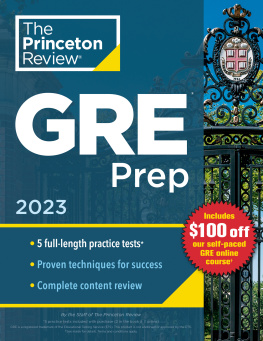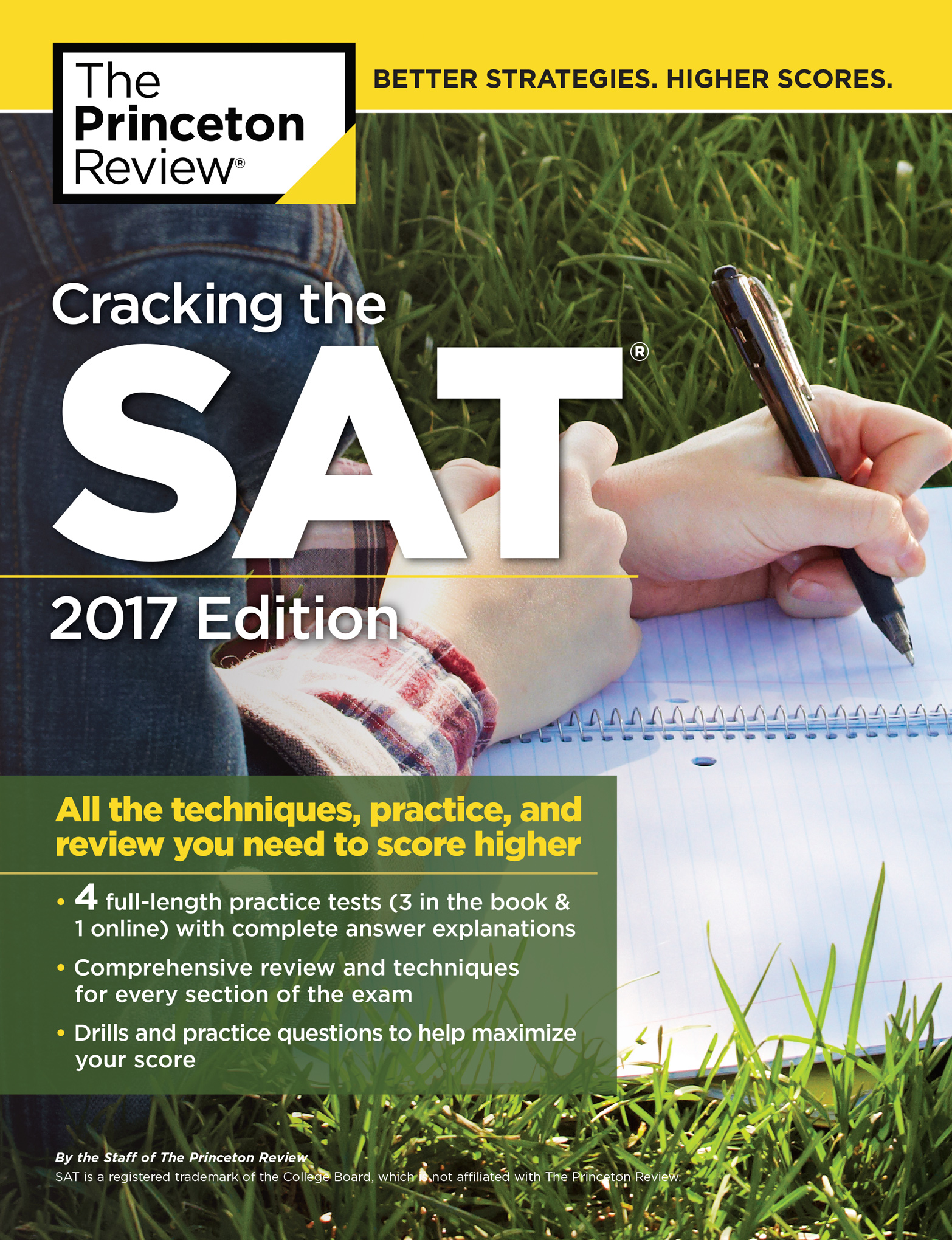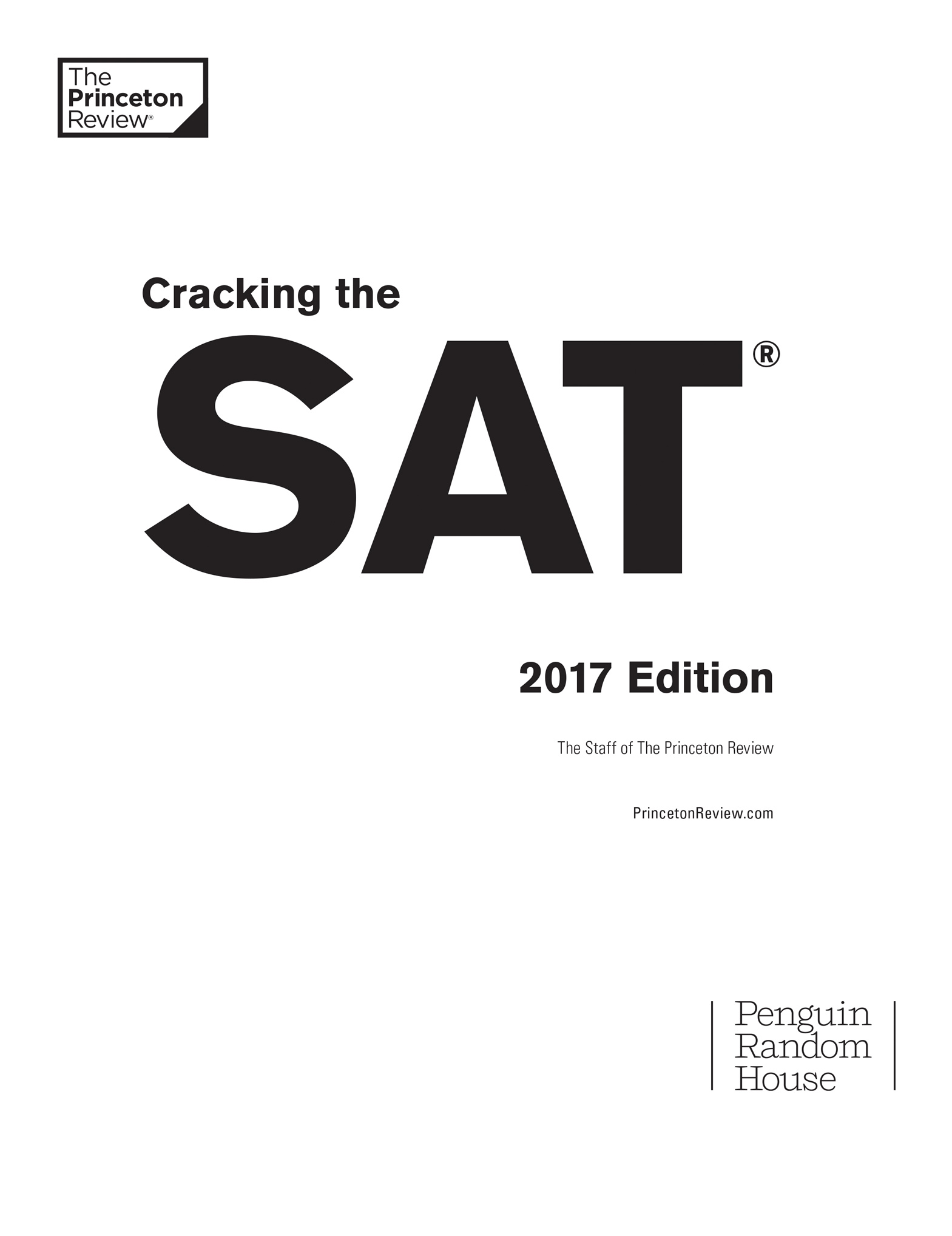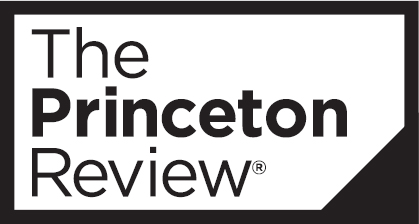Editorial
Rob Franek, Senior VP, Publisher
Casey Cornelius, VP Content Development
Mary Beth Garrick, Director of Production
Selena Coppock, Managing Editor
Meave Shelton, Senior Editor
Colleen Day, Editor
Sarah Litt, Editor
Aaron Riccio, Editor
Orion McBean, Editorial Assistant
Random House Publishing Team
Tom Russell, VP, Publisher
Alison Stoltzfus, Publishing Director
Jake Eldred, Associate Managing Editor
Ellen Reed, Production Manager
Suzanne Lee, Designer
The Princeton Review
555 W. 18th Street
New York, NY 10011
E-mail:
Copyright 2016 by TPR Education IP Holdings, LLC. All rights reserved.
Published in the United States by Penguin Random House LLC, New York, and in Canada by Random House of Canada, a division of Penguin Random House Ltd., Toronto.
The Windshield-Pitting Mystery of 1954. 2015 National Public Radio, Inc. Excerpts from news report titled The Windshield-Pitting Mystery Of 1954 by Linton Weeks was originally published on NPR.org on May 28, 2015, and is used with the permission of NPR. Any unauthorized duplication is strictly prohibited.
Excerpt from Priit Vesilind with James and Maureen Tusty, The Singing Revolution. 2008 by Sky Films Incorporated. www.singingrevolution.com.
Continental Drift and Plate Tectonics excerpt from Groliers New Book of Popular Science. All rights reserved. Reprinted by permission of Scholastic Library Publishing, Inc.
Excerpt from Gardners Art Through the Ages by Horst De La Croix, Richard G. Tansey, Diane Kirkpatrick. 9th edition, 1991. Copyright 1991 by Harcourt Brace Jovanovich, Inc. Republished with permission of Cengage Learning SO. Permission conveyed through Copyright Clearance Center, Inc.
Excerpt from The Parthenon FriezeAnother View. 1977 by John Boardman.
Scientists Discover Childrens Cells Living in Mothers Brains, by Robert Martone. Originally published December 4, 2014 in Scientific American. Copyright 2012 Scientific American, a division of Nature America, Inc. All rights reserved.
Excerpt(s) from The Creators: A History of Heroes of the Imagination by Daniel J. Boorstin, copyright 1992 by Daniel J. Boorstin. Used by permission of Random House, an imprint and division of Penguin Random House LLC. All rights reserved. Any third party use of this material, outside of this publication, is prohibited. Interested parties must apply directly to Penguin Random House LLC for permission. Also used by permission of The Orion Publishing Group, London.
Robert Redford: Protect Our Wild Horses by Robert Redford in USA Today, November 3, 2014. Reprinted by permission of Return to Freedom Wild Horse Conservation.
Excerpt from A Strange Tale of a New Species of Lizard by Carl Zimmer in the New York Times, December 18, 2014. 2014 by The New York Times. All rights reserved. Used by permission and protected by the Copyright Laws of the United States. The printing, copying, redistribution, or retransmission of this Content without express written permission is prohibited.
Making a Brain Map That We Can Use by Alva No. Originally published in 13.7 Cosmos and Culture, NPR.
Asteroid may have killed dinosaurs more quickly than scientists thought by Irene Klotz. From reuters.com, February 8, 2013 2013 reuters.com. All rights reserved. Used by permission and protected by the Copyright Laws of the United States. The printing, copying, redistribution, or retransmission of this Content without express written permission is prohibited.
Asteroid killed off the dinosaurs, says international scientific panel, from ScienceDaily. Copyright 2010 Imperial College London. Reprinted with permission.
Terms of Service: The Princeton Review Online Companion Tools (Student Tools) for retail books are available for only the two most recent editions of that book. Student Tools may be activated only twice per eligible book purchased for two consecutive 12-month periods, for a total of 24 months of access. Activation of Student Tools more than twice per book is in direct violation of these Terms of Service and may result in discontinuation of access to Student Tools Services.
SAT is a registered trademark of the College Board, which is not affiliated with The Princeton Review.
The Princeton Review is not affiliated with Princeton University.
ISBN9781101920473
Ebook ISBN9781101920640
Editor: Colleen Day
Production Editors: Lee Elder and Harmony Quiroz
Production Artist: Deborah A. Silvestrini
v4.1
a
Acknowledgments
An SAT course is much more than clever techniques and powerful computer score reports. The reason our results are great is that our teachers care so much about their students. Many teachers have gone out of their way to improve the course, often going so far as to write their own materials, some of which we have incorporated into our course manuals as well as into this book. The list of these teachers could fill this page.
Special thanks to Jonathan Chiu and all those who contributed to this years edition: Cat Healey, Amy Minster, Sara Soriano, and Elizabeth Owens.
Thanks to Brian Becker, Joelle Cotham, Julia Ayles, Lori DesRochers, Bobby Hood, Aaron Lindh, Garrison Pierzynski, Nicole-Henriette Pirnie, Ed Carroll, Pete Stajk, David Stoll, and Curtis Retherford for their work on previous iterations of this title.
Special thanks to Adam Robinson, who conceived of and perfected the Joe Bloggs approach to standardized tests and many of the other successful techniques used by The Princeton Review.
Finally, we would like to thank the people who truly have taught us everything we know about the SAT: our students.
Contents
Foreword
Welcome to Cracking the SAT! The SAT is not a test of aptitude, how good of a person you are, or how successful you will be in life. The SAT simply tests how well you take the SAT. And performing well on the SAT is a skill, one that can be learned like any other. The Princeton Review was founded more than 30 years ago on this very simple idea, andas our students test scores showour approach is the one that works.
Sure, you want to do well on the SAT, but you dont need to let the test intimidate you. As you prepare, remember two important things about the SAT:
It doesnt measure the stuff that matters. It measures neither intelligence nor the depth and breadth of what youre learning in high school. It doesnt predict college grades as well as your high school grades do. Colleges know there is more to you as a studentand as a personthan what you do in a single 3-hour test administered on a random Saturday morning.
It underpredicts the college performance of women, minorities, and disadvantaged students. Historically, women have done better than men in college but worse on the SAT. For a test that is used to help predict performance in college, thats a pretty poor record.
Your preparation for the SAT starts here. We at The Princeton Review spend millions of dollars every year improving our methods and materials so that students are always ready for the SAT, and well get you ready too.







